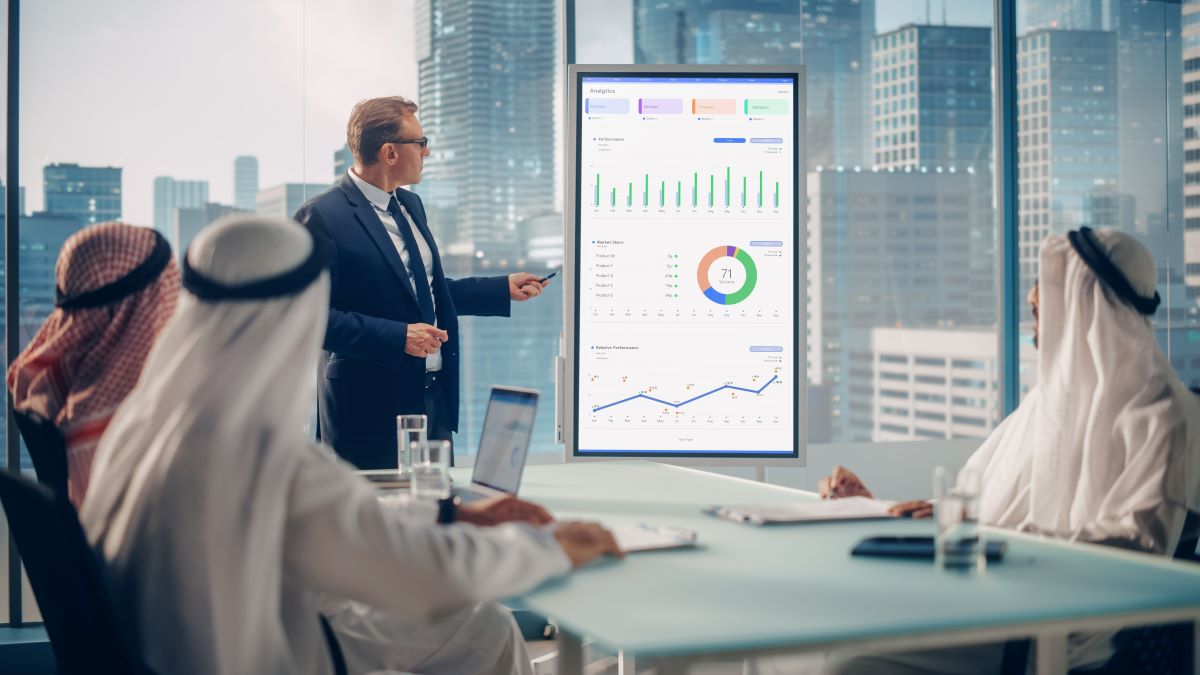Saudi Arabia and the UAE’s non-oil economies remain buoyant with manufacturing and construction firms driving the growth.
According to the latest Purchasing Managers’ Index (PMI) of S&P Global, Saudi Arabia’s PMI hit 57.7 in July. Meanwhile, the UAE’s PMI stood at 56 in the same month.
In June, Saudi Arabia’s PMI was 59.6 while that of the UAE was 56.9.
S&P says PMI readings above 50 suggest a growth in economic activities while those below 50 indicate a downtick.
Read: UAE government revenues reach AED115.6 bn in Q1 2023
No cause for alarm
The PMI report indicates that Saudi Arabia’s diversification efforts away from oil dependence are paying off.
However, the report also noted that the increase in new orders slowed down in July brought about by the rising global interest rates.
But Naif Al-Ghaith, chief economist at Riyad Bank, said that while the effects of “tighter monetary conditions” have started to be “mildly felt” across Saudi Arabia’s private sector, the slowdown was “expected.”
“Future business sentiment remained robust in July, which typically reflects confidence regarding the domestic economic outlook and an anticipated rise in customer demand,” he said.
Private sector optimistic
The PMI report stated that the private sector remains optimistic about long-term expansion plans. These have so far created an increase in employment figures consecutively for the past 16 months.
The same business confidence was noted in the UAE, whose non-oil economy recorded robust growth in July. This was due to strong customer demand and improving market conditions.
Furthermore, it has resulted in a subsequent increase in hiring and buying activities in the private sector.
David Owen, senior economist at S&P Global Market Intelligence, said that growth slowed down from its four-year high in June as companies endured stiffer competition.
“Nevertheless,” Owen said, “the headline PMI reading of 56 showed that the sector remained in good health in general, with market conditions continuing to improve and firms reporting strong rates of both customer demand growth and job creation.”
Owen said businesses are “confident that activity levels will continue to grow. He is optimistic that the UAE’s PMI will be at its second-strongest level in just over a year.
“Boosting confidence was a softening of input cost pressures, which allowed firms to reduce their selling prices and expand stock holdings,” he said.
For more economy stories, click here.








